Italian marble is known all over the world for its elegance, durability, and unique features. It has been a symbol of richness and refinement in building and interior architecture for ages. There are several sorts and variations of Italian marble, each with special qualities and unique features. Many different Italian marble names and their characteristics we will explore in this blog.
Let’s First talk about the origin of Italian marble
Origin- Italian marble is quarried from the Apuan Alps, the marble-rich area in the Nothern part of Italy. This is the area where basically most of the Italian marble is quarried out. Italian marble today is buying not just 200 miles to Rome or 700 miles to London. But also 3000 miles to Abu Dhabi and 4000 miles to India.
Features of Italian Marble-
The stunning beauty and elegance of Italian marble is widely known. It is well-known for its excellent durability and attractiveness on a global scale. Italian marble frequently has a variety of exquisite colors, complex patterns, and smooth polished surfaces. Here are a few typical traits of Italian marble:
1. Colour: A broad range of colours, including white, beige, grey, green, blue, and pink, are available in Italian marble. The most well-known Italian marble, Carrara marble, is distinguished by its light grey or white colour and delicate veining.
2. Veining: Italian marble has noticeable veining, which contributes to its unique appeal. The veins can run in a variety of patterns, such as linear, wavy, or circular, and they can be little and delicate or large and striking. The veining may be in a complementary shade to the underlying colour or in opposing hues.
3. Patterns: Italian marble may display a range of patterns, from straightforward and dependable to intricate and beautiful. Straight lines, waves, swirls, clouds, or even animal-like forms are examples of popular patterns. Every piece of marble is different because of the patterns.
4. Polished Finish: Italian marble is frequently polished to a high shine, enhancing both its aesthetic appeal and its capacity for reflection. The marble has a smooth, shining surface thanks to the polished finish, which draws attention to the colour and veining and gives it a posh aspect.
5. Inherent differences: Italian marble has many desirable qualities, including its inherent differences. The small variations in colour, veining, and pattern that distinguish one marble slab from the others make it a sought-after material for interior and exterior architectural projects.
6. Thickness– Italian marble is available in a range of thicknesses, with 18mm to 20mm being the most popular. Numerous uses, including wall cladding, floors, and worktops, choose this thickness. Both residential and commercial projects can benefit from the balance between manageability and durability that the 18mm to 20mm thickness offers.
This thickness guarantees that the marble can tolerate frequent foot activity without being excessively thin or brittle when used as flooring. It gives the flooring surface solidity and endurance, guaranteeing that it will survive the test of time.
The 18mm to 20mm thickness of countertops provides enough strength and durability to withstand regular use.
However, 18mm thickness is the reliable thickness for flooring, worktops and cladding.
Applications of Italian marble-
FLOORING- Italian marble is frequently utilised in both home and commercial floors. Its innate veining, patterns, and colour variations provide aesthetically appealing flooring that looks elegant and luxurious.
COUNTERTOPS AND VANITIES- Italian marble is a popular choice for worktops and vanities in kitchens and bathrooms. Its smooth surface, toughness, and heat resistance make it perfect for daily usage, and its elegance improves the look of these places as a whole.
WALL CLADDING- Marble is a common material for both interior and external wall covering. Italian marble’s elegance, variety of colours, and patterns enable countless design alternatives and impart an opulent atmosphere in a variety of situations.
FIREPLACE SURROUNDS- Italian marble is frequently employed to fashion stunning fireplace surrounds, which accentuate the refinement and elegance of living rooms or bedrooms.
DECORATIVE ARTWORK- Italian marble is a superb material for building stairs and balustrades because of its strength and beauty, which raises the architectural attractiveness of any design.
SCULPTURES– Italian marble is frequently used for sculptures, statues, and artwork as decorative accents. It is a favourite material for producing ornamental elements and artwork due to its sculptability and eternal beauty.
BATHROOM: Italian marble in the bathroom creates the luxury experience and enhances relaxation and well-being by creating a spa-like atmosphere in bathrooms and spa spaces. It is utilised for bathroom flooring, shower walls and bathtub surrounds.
HOME DECOR- Italian marble is used in furniture and home design items including tabletops, coffee tables, lamps, and ornamental items, which act as focal points to highlight the material’s inherent beauty.
Italian marble is very sought-after because of its adaptability, toughness, and classic charm. The beauty of any area is elevated by its usage in flooring, countertops, wall cladding, ornamental accents, and a variety of other applications, providing a touch of elegance and refinement. Italian marble continues to be associated with elegance and tasteful interior design because of its long history and exotic elegance.
Popular Italian Marble Flooring-
1. White Italian Marble
The White Italian Marble’s Beauty
White Italian marble embodies elegance and purity. It has a shiny surface that frequently has fine veining and emanates sophistication and beauty. The spotless white colour reflects light, illuminating any area and evoking an air of peace, elegance and luxury.
Popular White Italian Marble Varieties:
a) Carrara Marble:
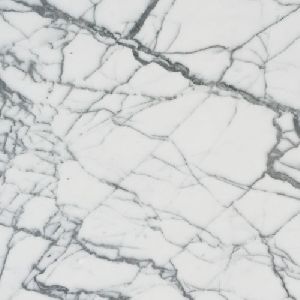
One of the most well-known and often used white Italian marble, Carrara marble is derived from the Tuscany province of Carrara. Any room is given a timeless beauty by its base colour, which is either white or light grey and is paired with delicate, subtle veining. For millennia, builders and sculptors have preferred Carrara marble.
b) Statuario Marble:

Known for its stunning beauty and dramatic veining, Statuario marble is a popular choice. Statuario marble stands out as a standout piece with its stark, grey veining and clean white backdrop. It has appeared in several classic sculptures and spectacular buildings throughout history.
c) Calacatta Marble:
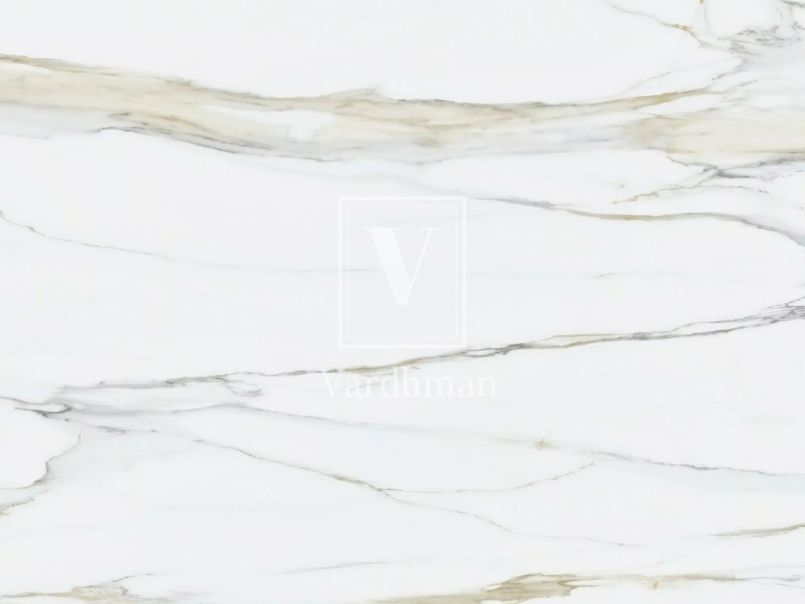
Due to its timeless appearance, Calacatta marble is widely prized. It is distinguished by its striking, gold or grey veining and white or creamy background. Each slab of Calacatta marble is distinctive because of the striking veining patterns, which give any area a sense of uniqueness.
2. Black Italian marble
The Black Italian Marble’s Beauty
Elegance and sophistication are best embodied by black Italian marble. Its rich, dark colour lends an air of refinement to any room. Black Italian marble has a regal appearance and a plush, velvety touch. Its rich black colour, which frequently has slight or noticeable veining, gives any interior depth and impact. The black marble has a grand appearance and makes a significant visual effect whether it is utilised in modern or classic settings.
2. Popular Black Italian Marble Varieties include:
a) Nero Marquina Marble:
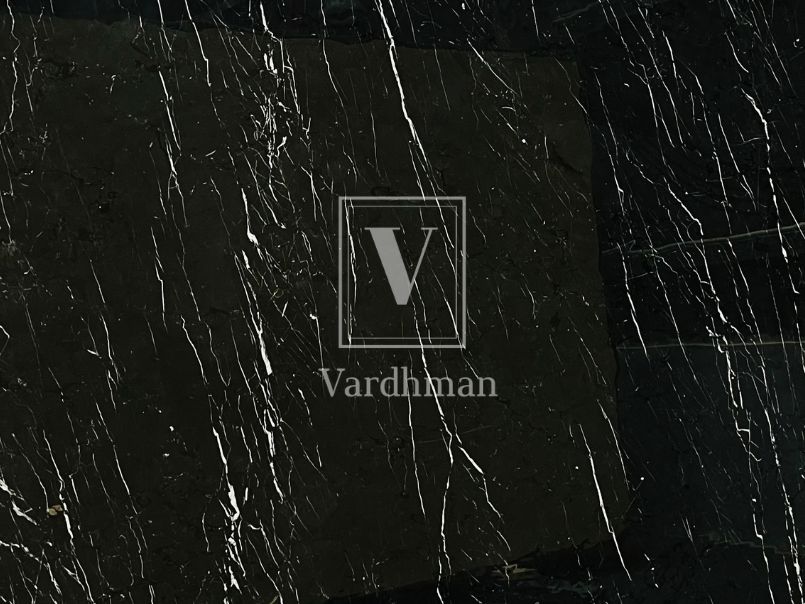
a magnificent black marble with recognisable white veining. Due to its extensive use, this northern Spanish quarried stone is sometimes confused with Italian marble. For striking contrasts and a sense of luxury in both contemporary and traditional designs, Nero Marquina marble is the best choice.
b) Portoro Marble:
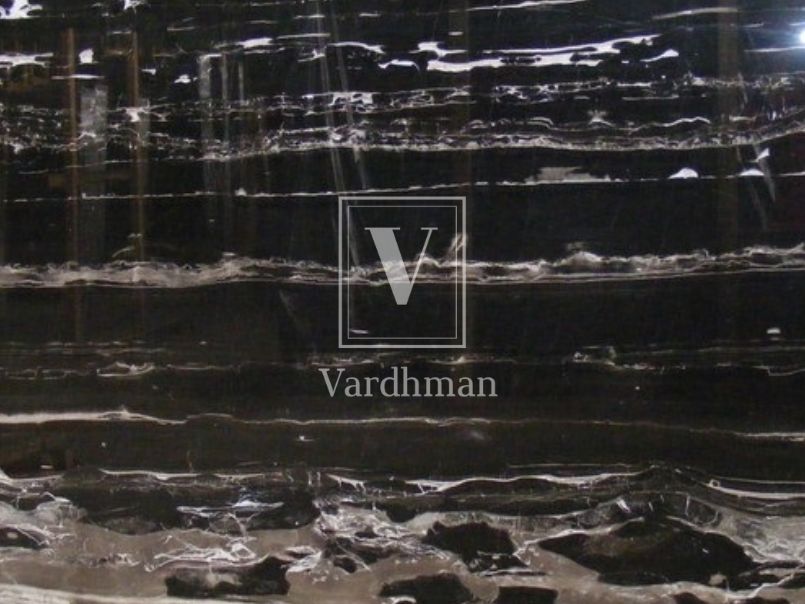
This Italian stone, which comes from the Liguria area, is recognised for its opulent beauty. It has a stunning and opulent appearance because of the golden veins that embellish the black backdrop. The usage of Portoro marble in eminent structures and monuments displays this material’s eternal beauty.
c) Marquina Marble:
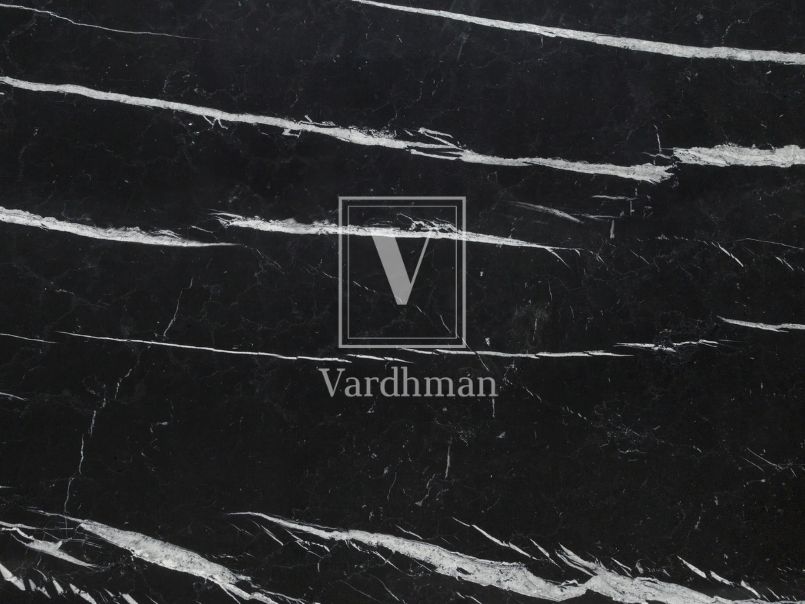
This black marble has white veining and is often referred to as Marquina or Marquinha. It is frequently used as a more affordable substitute for the more expensive Nero Marquina marble and is mined in Spain. Marquinia marble’s stunning contrast and classic charm lend a sense of refinement to interior spaces.
d) Black & Gold Marble:
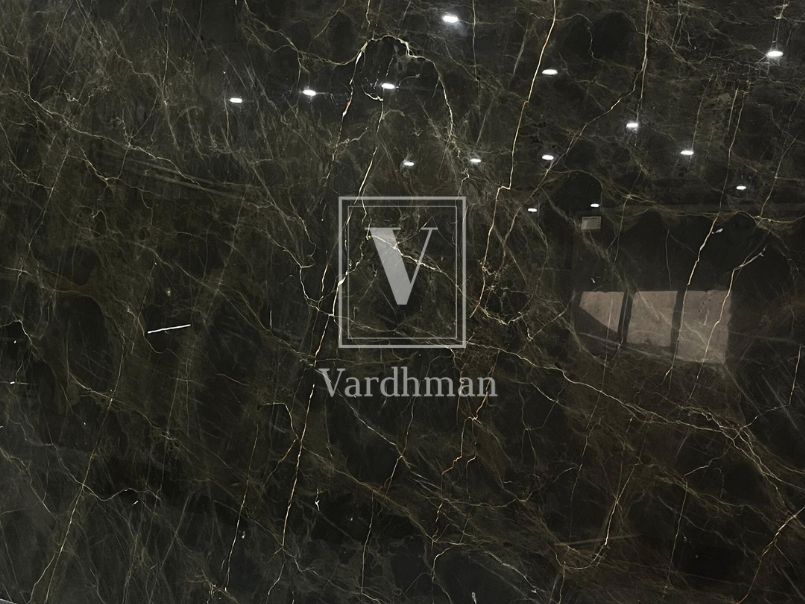
This marble features an alluring combination of black and gold tones. This particular marble species has a rich, mesmerising appearance thanks to its exquisite gold veining on a black backdrop. Black and gold are a common combination for high-end designs because they bring warmth and luxury to any room.
3. Beige Italian Marble
Italian marble in beige is a classic material option that embodies elegance and design flexibility. This exquisite marble gives a sense of subtle luxury to any environment with its warm and neutral tones.
Italian marble in beige has a long lasting, enduring charm about it. Its warm, earthy tones provide a calm, welcoming atmosphere. Each slab is different and feature-filled because of the natural variances in colour and veining patterns, which make them a great option for any interior setting.
Popular Types of Beige Italian Marble:
a) Botticino Marble:

This traditional beige marble has delicate beige and ivory tones and was named after the famed Italian painter Botticelli. It is a popular option for both classic and modern designs because of its delicate veining, which lends a touch of refinement.
b) Crema Marfil Marble:
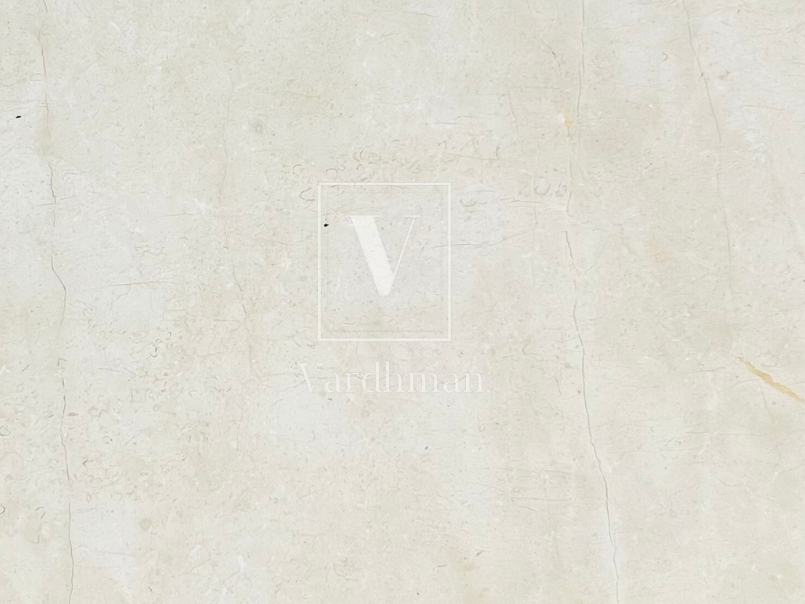
Because of its creamy beige hue, Crema Marfil marble, which is mined in Spain, is sometimes called a beige marble. It looks sophisticated and beautiful because of its homogeneous texture, light beige tones, and sporadic veining. Crema Marfil marble is valued for its adaptability and suits a variety of design aesthetics.
c) Perlato Sicilia Marble:

This warm beige marble comes from Sicily in Italy and occasionally has touches of caramel colour. Its unique veining patterns increase depth and visibility.


2 Replies to “ITALIAN MARBLE, FLOORING, TYPES AND APPLICATIONS”
https://romantik69.co.il/
An intriguing discussion is worth comment. I do think that you should publish more on this topic, it might not be a taboo subject but generally people dont speak about such subjects. To the next! Cheers!!
Vidhi Pahariya[ Post Author ]
Thank you.